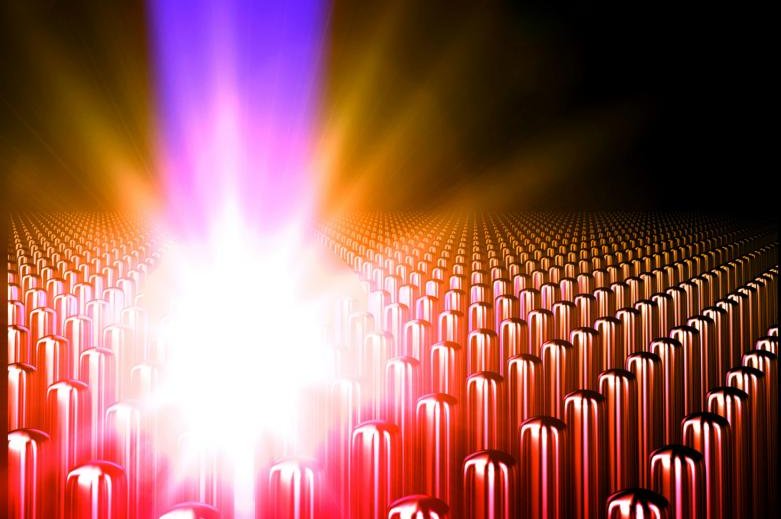FORT COLLINS, Colo., Jan. 11 (UPI) -- Until now, recreating the conditions inside a star required the use of massive lasers -- lasers the size of football stadiums. Experiments at Colorado State University suggest compact lasers can be manipulated to produce similarly extreme conditions.
At sea level, humans experience a single atmosphere of pressure. The energy density inside a stellar core measures in the billions of atmospheres. Recreating these intense conditions is difficult.















